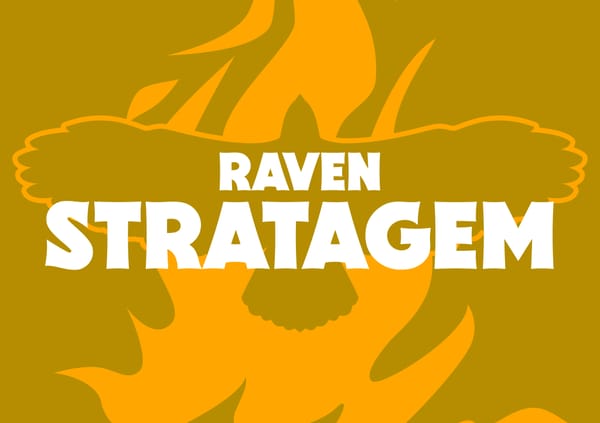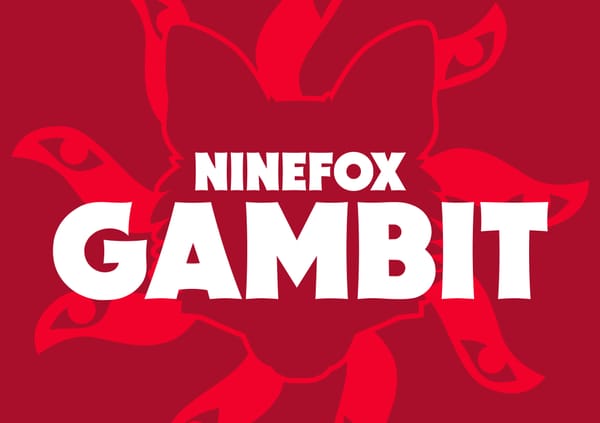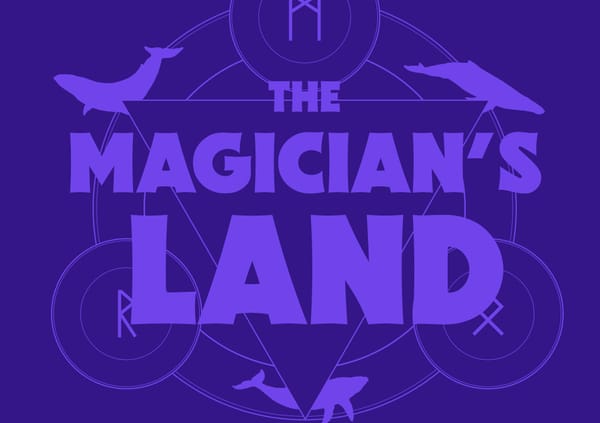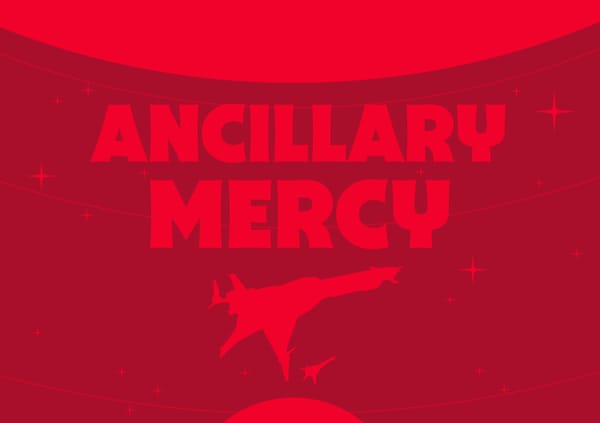Intro to Elricomania
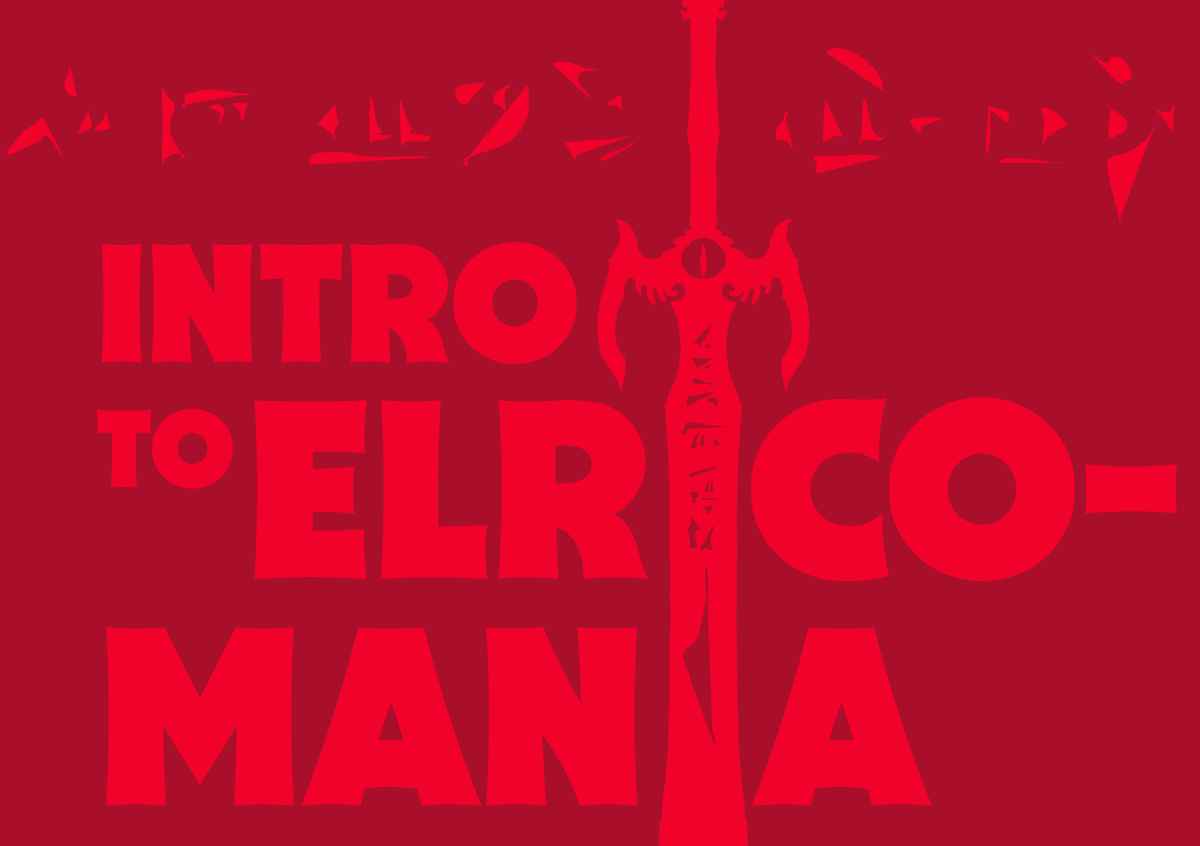
A great island city-state that once conquered half the world with its control over dragons and its mighty fleet. A city of magnificent spires reaching up into the sky. A realm whose pale-haired rulers court beings of chaos with blood magic and fire. An empire declining as its inhabitants succumb to hedonism.
It is obvious to those familiar with Game of Thrones and its offshoot, House of the Dragon, that I am, of course, talking about Old Valyria, the ancestral home of Targaryens and Velaryons.
Except that I’m not.
What I’m describing predates The Song of Ice and Fire by exactly thirty years. I’m talking about the kingdom of Melniboné, the home of Elric VIII, its 428th emperor and the central character of the Elric Saga by Michael Moorcock.
Elric of Melniboné
Elric of Melniboné is the last ruler of a declining empire. He sits the Ruby Throne in Imrryr—a place many call the Dreaming City for the proclivity of its inhabitants to take various drugs that help them live entire lives in their dreams. Lost in its endless reverie, the empire has turned inwards, towards its decline.
In this city of decadent dreamers, Elric dreams dreams of a different kind. Introspective in his search for meaning, Elric abandons his throne and his people to travel the world in search of knowledge and philosophy that would help him bring his once-great nation back from the brink of oblivion and into a new era. An era where Melniboné is at the centre of a new world, a world where ideas are traded for mutual prosperity and progress.
It is worth noting that, despite being one of the most iconic sword-and-sorcery characters ever written, Elric is the polar opposite of what many expect a protagonist of this genre to be. Where characters such as Conan are usually noble, muscular men fighting evil sorcerers, Elric—a sorcerer—is physically weak and his tortured soul is morally grey.
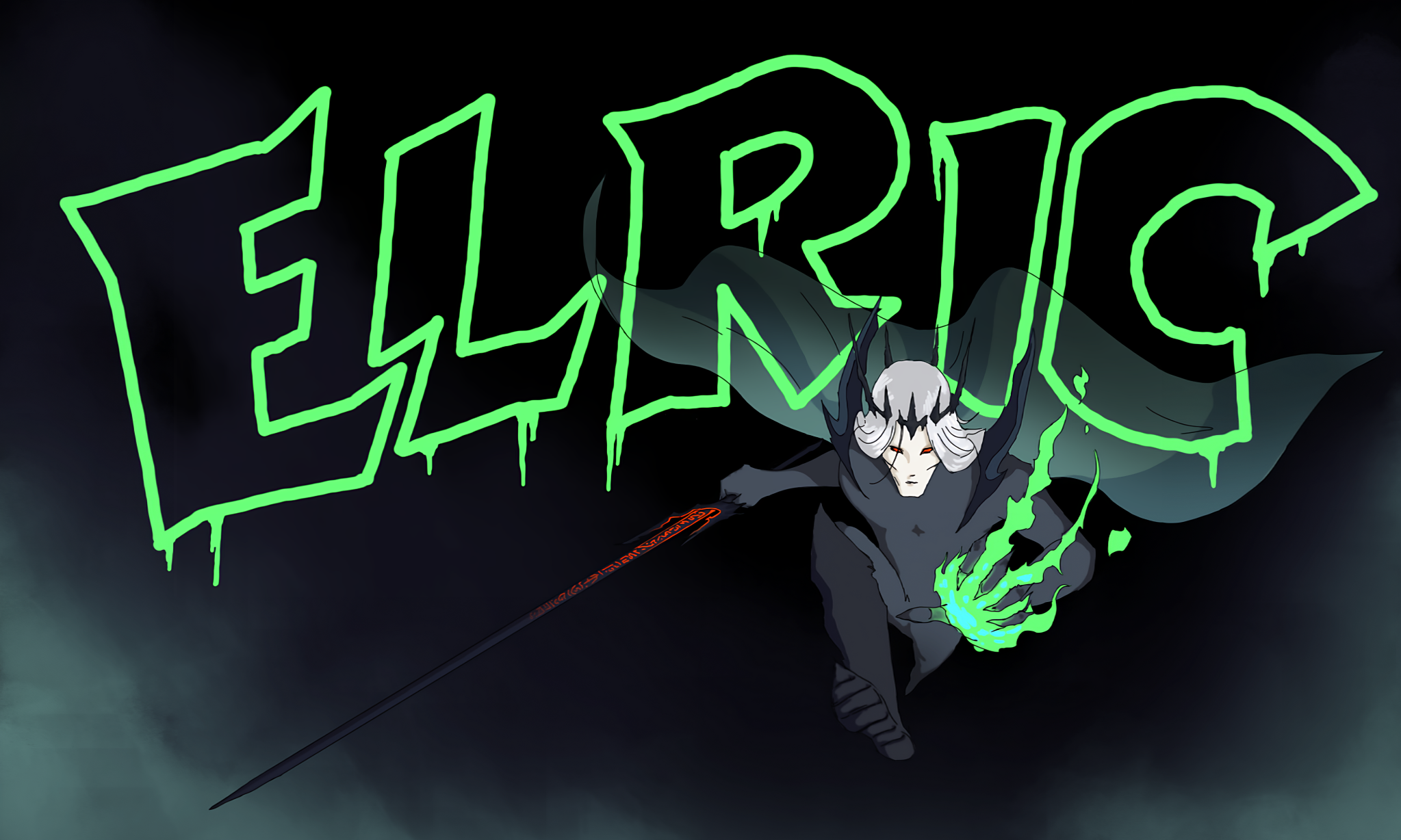
Publishing History
Elric was first introduced in Moorcock’s The Dreaming City in 1961, starting a long and complex publishing history.
At first, the Elric Saga was published almost exclusively in the form of novellas and novelettes in the Science Fantasy magazine, and some of the stories that belong at the very end of the chronology were published among the first.
These first stories were written during the 60s in what is now known as the New Wave science fiction, where authors experimented with new forms and styles, heavily emphasising the psychosocial aspects of the characters and their stories.
Moorcock would later go on to write new stories, jumping from one point of Elric’s life to another, filling in the gaps. He would also edit and bundle some of his earlier stuff and republish it as novels within the increasingly more complex chronology.
Certain publishers (starting with DAW) have tried to collect the Elric Saga in chronological or publication order with varying degrees of success, and even these editions were quickly sold out, which meant that new fans had to do research to find the best place to start.
And if all that wasn’t complicated enough, there’s also the concept of the Eternal Champion…
The Eternal Champion
So you know how Brandon Sanderson has Mistborn and Stormlight and Warbreaker, and they’re all connected through his Cosmere concept? Well, the idea of Cosmere was—at least in part—inspired by Moorcock’s Eternal Champion and the Multiverse. Brandon said as much in his Moorcock appreciation post on tor.com titled “Can you do that in a fantasy novel?” (Answer: Moorcock can, and he probably did.)
His Eternal Champion motif is part of what drove me to build a shadowed connection between the various worlds of my epic fantasy stories. Warbreaker includes a sentient black sword, an homage to Stormbringer that I’ve been waiting to work into one of my books for many years. I owe a lot to Moorcock, as does fantasy at large. If you haven’t read his books, you’re missing something grand.
Brandon Sanderson, “Can you do that in a fantasy novel?”
Therefore, as you might have guessed, the Eternal Champion is the motif that connects Moorcock’s various worlds and stories and imbues them with certain themes.
Fine, fine, I hear you saying, but what exactly is the Eternal Champion?
I can think of two answers to that. One, the Eternal Champion is a character with many incarnations across Moorcock’s Multiverse, or two, it is a title attributed to many different characters (while the Multiverse itself is a series of parallel universes that encompasses even our own Earth).
So in reality, Elric is but one of many Eternal Champions out there.
Now, the Multiverse consists of two fundamental forces: the Law and Chaos, between which there is a precarious Balance. Whilst these forces are constantly at war with one another, the Multiverse itself cannot exist without either one. Without Law, gone are structure and order, without Chaos, progress, creativity, and even magic would cease to exist. Thus, Balance must be preserved, and that is often the job of the Eternal Champion.
One way this happens, and this is what sometimes complicates the Champion chronologies, is the Eternal Champion being sent across the space and time of the various worlds of the Multiverse (fun fact: Elric once travelled to the End of Time, one of Moorcock’s settings where the world is ending and is about to collapse upon itself), to fight in the battle between Law and Chaos, never quite knowing the side he or she is on… And sometimes—as is the case in The Sailor on the Seas of Fate—multiple Eternal Champions will team up to fight a threat too grave for either one to handle alone. Here the timelines of the Champions converge, bringing a whole new level of complexity to what is already a convoluted history.
The Black Sword, Stormbringer
As someone subject to a pattern that repeats itself across the Multiverse, the Eternal Champion also has other symbols that often accompany his many incarnations.
The Black Sword the Champion wields is a sentient weapon created from Chaos to serve the Balance (it doesn’t always have to be a sword, heck, it doesn’t even have to be a weapon: for example, Jerry Cornelius and Dorian Hawkmoon—two other Eternal Champions, each with entire novels written about them—have the Needle Gun and the Black Jewel, respectively), and the Eternal Companions and Consorts are the Champion’s side-kicks and love interests (you can guess which are which)—why yes, it is all very Doctor Who.

It is precisely the Black Sword (Elric’s is called Stormbringer) that is one of the most significant features of the Eternal Champion (and one that Sanderson pays homage to with his sword Nightblood in Warbreaker).
You see, despite being the Emperor of Melniboné, which even in its decline is still one of the greatest empires to ever have existed, Elric is one of the weakest individuals of his race. Born an albino with feeble blood, before he found Stormbringer, Elric had to rely on fickle sorcery and alchemical drugs to keep his body strong and vital. It is for this reason that he is despised by some Melniboneans, and even openly taunted in court that above all else values power.
Of all who challenge Elric, the most arrogant and vicious is Yirkoon, his cousin and the brother of his lover, Cimoril. When the feud between them gets out of hand, Elric is forced to use his sorcery to make a pact with Arioch, a lord of Chaos, who helps him chase Yirkoon across dimensions to a hidden cave. Here, Elric finally defeats Yirkoon and claims a legendary Runesword, Stormbringer.
Stormbringer has the ability to drink the souls of its enemies just by cutting their skin, and Elric quickly finds that its power is enough to keep him from relying on drugs he had to use previously. But in Elric’s world, power always comes with a price, for Stormbringer has a will of its own, and one that often diverges from that of Elric’s.
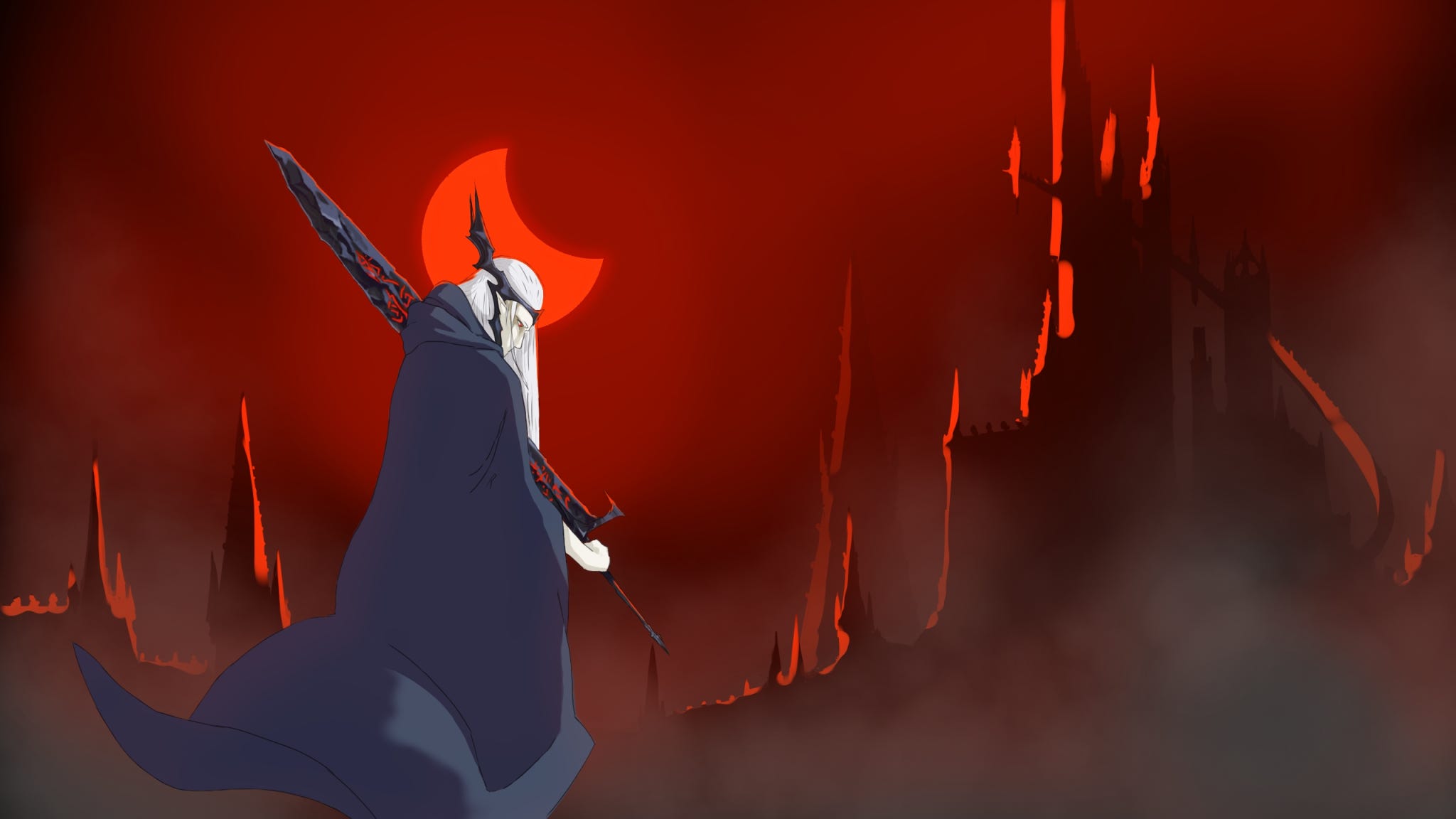
Legacy, relative obscurity and resurgence
Elric’s legacy is unquestionable, with many examples of its influence in tabletop gaming, modern fantasy, and even metal and rock music. Neil Gaiman himself has revealed Elric of Melniboné, and Moorcock in general, to be a great influence on him in his semi-autobiographical short story called “One Life, Furnished in Early Moorcock”.
If you need further demonstration of its great legacy, take a look at this table where I compare Elric to some other popular fantasy characters:
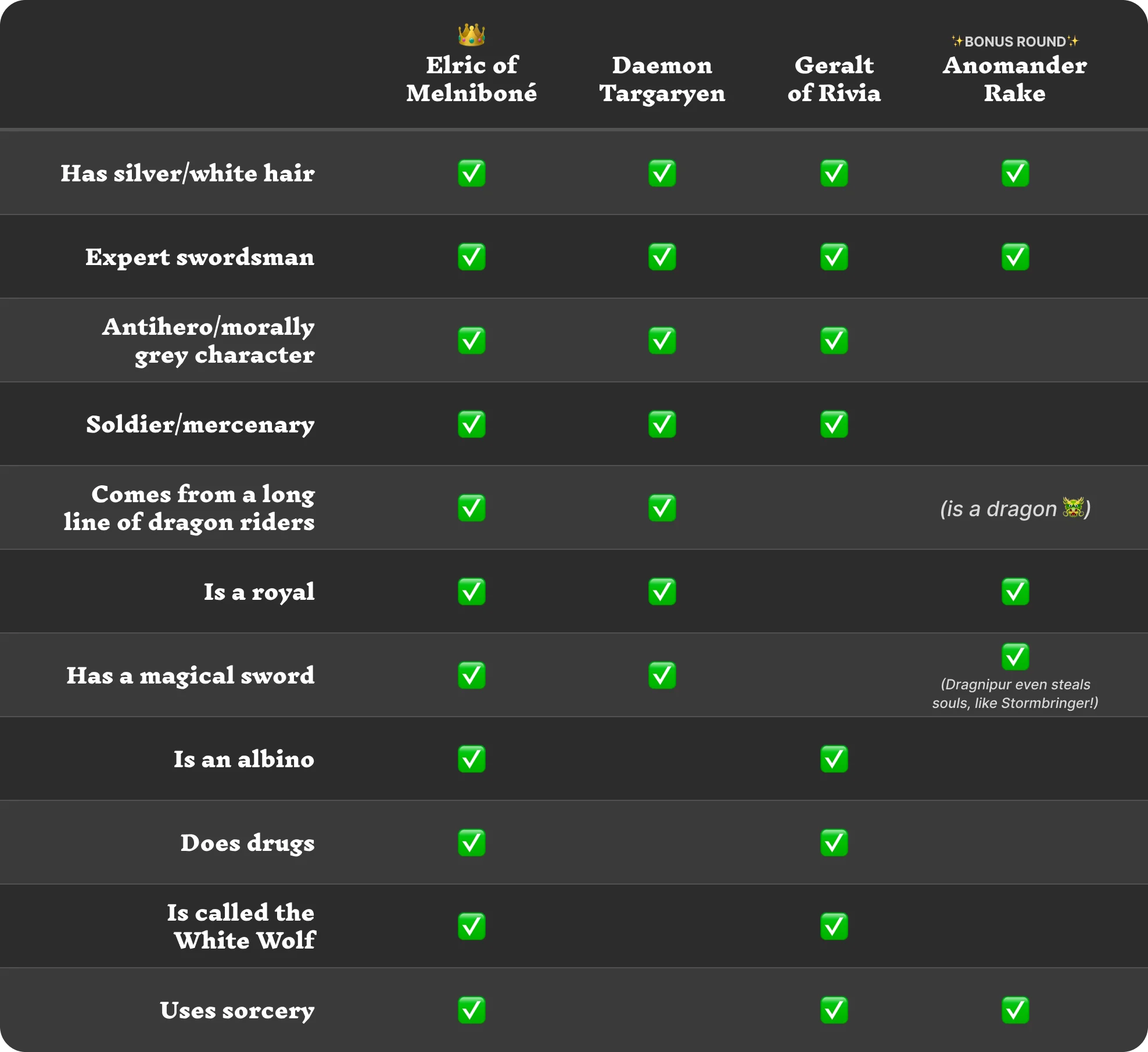
*This chart is meant to be entertaining. Although there have been some who went as far as to suggest that Andrzej Sapkowski’s Witcher series plagiarises the Elric Saga, that that is not the case. Neither am I trying to suggest that George R. R. Martin stole from Michael Moorcock when he created his world. While both authors may have been inspired by Moorcock, their stories and what they are trying to achieve in their work are completely different.
**It is important to note that, in an interview with Daniel Greene, Steven Ericson said that Anomander Rake was not inspired by Elric. Ian C. Esslemont said in a separate interview that Anomander’s sword, Dragnipur, was inspired by Stormbringer, and was created by him for a game Ericson and Esslemont were playing together.
Yet despite all this, Elric stories have fallen into relative obscurity in 2010s, with omnibus editions being either out of print or generally very hard to find. It is possible that its complex publishing history, the fact that Elric himself is part of a much larger opus, that of the Eternal Champion, and the lack of an obvious entry point, have all contributed to it being too daunting for new fans to get into the series.
More recently though, the Elric saga has been going through a bit of a resurgence, with Saga Press publishing a highly anticipated new, definitive, omnibus edition of the saga in late 2022. Saga Press has collected all the Elric stories in chronological order and published them in three hardbound volumes:
- Elric of Melniboné (Volume I) collecting Elric of Melniboné, The Fortress of the Pearl, The Sailor on the Seas of Fate, and The Weird of the White Wolf.
- Stormbringer (Volume II) collecting The Vanishing Tower, The Revenge of the Rose, The Bane of the Black Sword, and Stormbringer.
- The White Wolf (Volume III) collecting The Dreamthief’s Daughter, The Skrayling Tree, and The White Wolf’s Son.
Additionally, in 2022, more than 15 years after The White Wolf’s Son (the last Elric novel) was published, Michael Moorcock came back and published an entirely new novel. The Citadel of Forgotten Myths tells the story of Elric’s journey as he tries to uncover Melniboné’s history and find the nature of the phroon, the dragons of his world. This new novel represents the perfect opportunity for new readers to get excited about the entire saga, and with the new Saga Press editions, there has truly never been a better time to start reading Elric!


